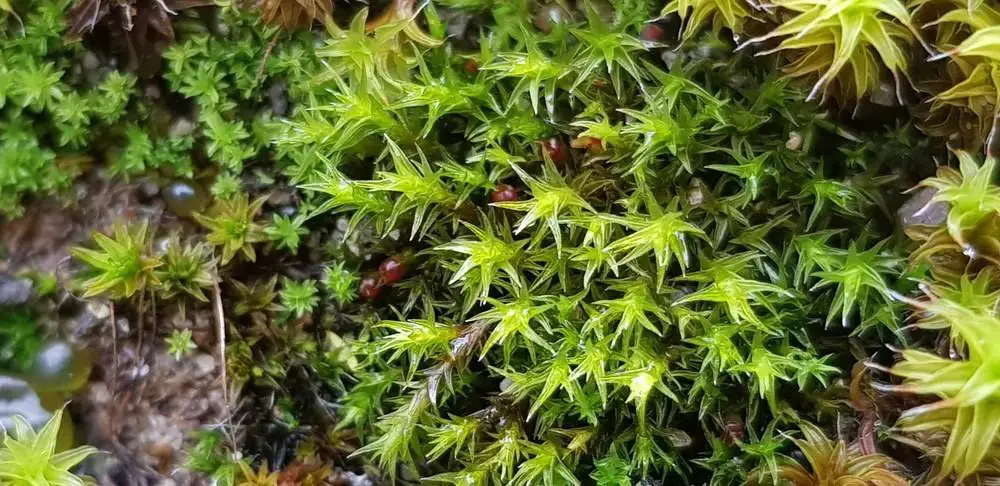
46223455.jpg from: https://waarneming.nl/waarneming/view/233310801?_popup=1
Introduction
In the vast and captivating world of bryophytes, the
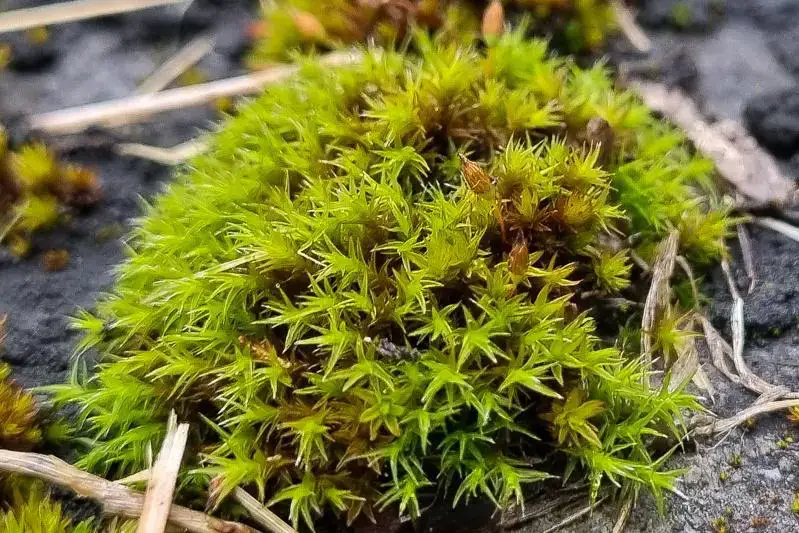
45970781.jpg from: https://waarneming.nl/waarneming/view/232588024?_popup=1
Schistidium crassipilum H.H.Blom moss stands out as a remarkable member of the Grimmiaceae family. Often referred to simply as Schistidium, this unassuming yet resilient moss has carved a niche for itself in various habitats across the globe. Join us as we delve into the fascinating realm of this diminutive plant, exploring its unique characteristics, ecological significance, and the vital role it plays in the intricate tapestry of life.
Background
Before we dive into the specifics of Schistidium crassipilum, it’s essential to understand the broader context of bryophytes. These non-vascular plants, which include mosses, liverworts, and hornworts, are often overlooked but play a crucial role in maintaining the delicate balance of ecosystems worldwide. Bryophytes are among the oldest land plants, with fossil records dating back over 400 million years, making them true survivors and pioneers of terrestrial life.
Main Content
Morphology and Identification
Schistidium crassipilum is a small, acrocarpous moss that forms dense, cushion-like tufts or mats. Its leaves are lanceolate to ovate-lanceolate, with a distinctive costa (midrib) that extends beyond the leaf apex, forming a short hair point. The leaf margins are often recurved, and the leaf cells are thick-walled, contributing to the plant’s remarkable ability to withstand desiccation.
Global Distribution and Habitat
This hardy moss is widely distributed across various regions, including Europe, Asia, North America, and parts of South America. It thrives in a diverse range of habitats, from exposed rock surfaces and cliffs to tree bark and soil. Schistidium crassipilum is particularly well-adapted to dry and nutrient-poor environments, making it a true champion of survival in harsh conditions.
Ecological Roles and Adaptations
Despite its diminutive size, Schistidium crassipilum plays a vital role in its ecosystems. It acts as a pioneer species, colonizing bare rock surfaces and facilitating the establishment of other plant species. Additionally, these mosses contribute to soil formation and water retention, creating microhabitats for various invertebrates and microorganisms.
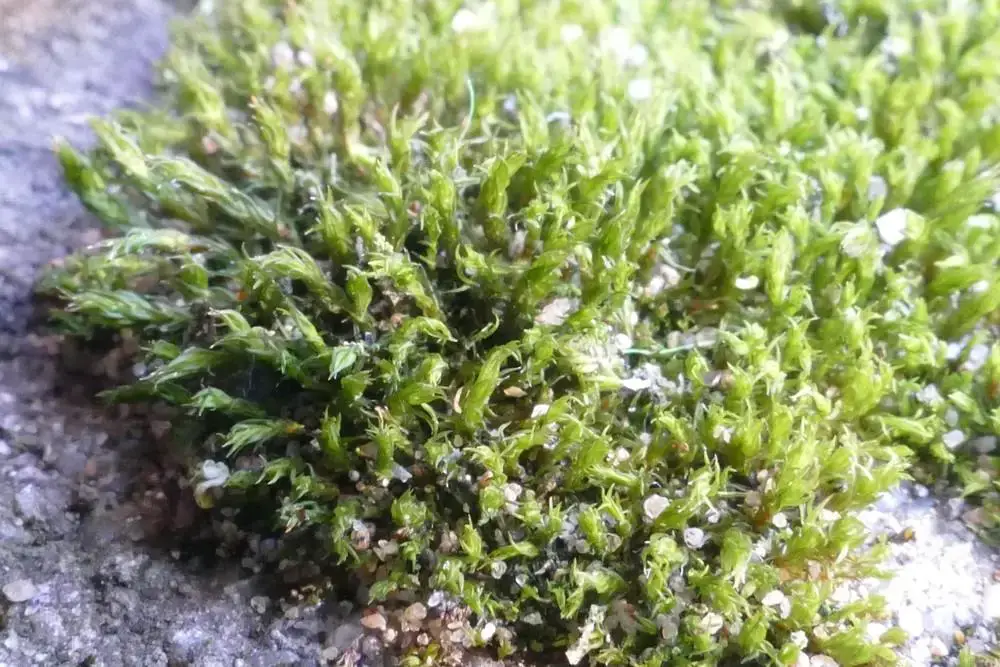
46623646.jpg from: https://waarneming.nl/waarneming/view/234415074?_popup=1
One of the remarkable adaptations of Schistidium crassipilum is its ability to withstand extreme desiccation. When conditions become dry, the moss can enter a state of dormancy, reviving itself once moisture becomes available again. This remarkable trait, known as

541544_1c66bc7a.jpg from: https://www.plantarium.ru/page/image/id/541544.html
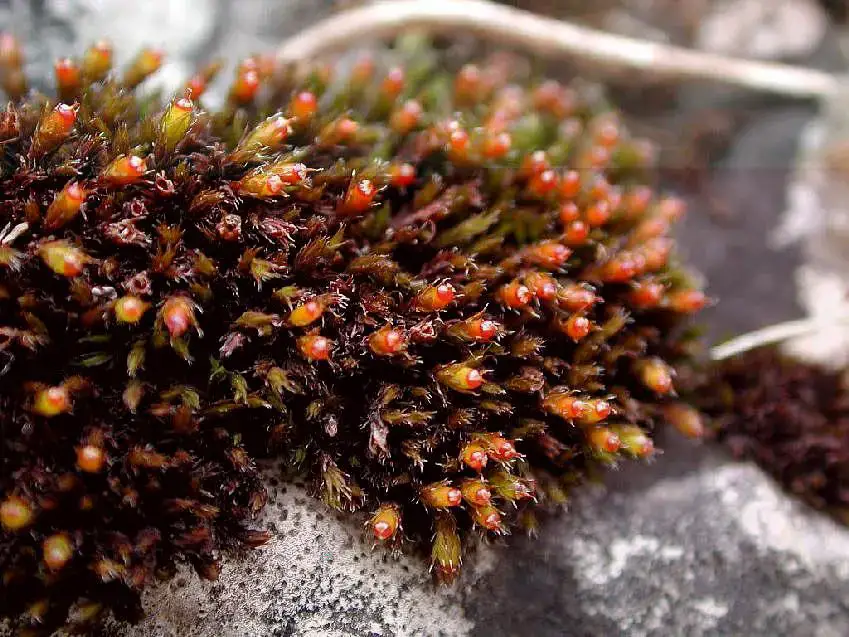
Schistidium_crassipilum_31.JPG from: https://cisfbr.org.uk/Bryo/Cornish_Bryophytes_Schistidium_crassipilum.html
poikilohydry, allows the moss to survive in environments where water availability is unpredictable.
Case Studies/Examples
In a study conducted in the Swiss Alps, researchers found that Schistidium crassipilum played a crucial role in stabilizing rock surfaces and preventing erosion. The moss’s dense mats acted as a protective layer, reducing the impact of wind, rain, and temperature fluctuations on the underlying rock.
Another fascinating example comes from the Arctic regions, where Schistidium crassipilum has been observed growing on the shells of whale bones. This unique habitat demonstrates the moss’s ability to adapt and thrive in unexpected environments, highlighting its remarkable resilience.

e0648779ab9e7a05d44cbc8e79de8fa8_large.jpg from: https://johandierckx.aminus3.com/image/2012-03-04.html
Technical Table

50960352212_41ca357447_b.jpg from: https://www.flickr.com/photos/154525892@N05/50960352212/
| Characteristic | Description |
|---|---|
| Phylum | Bryophyta |
| Class | Bryopsida
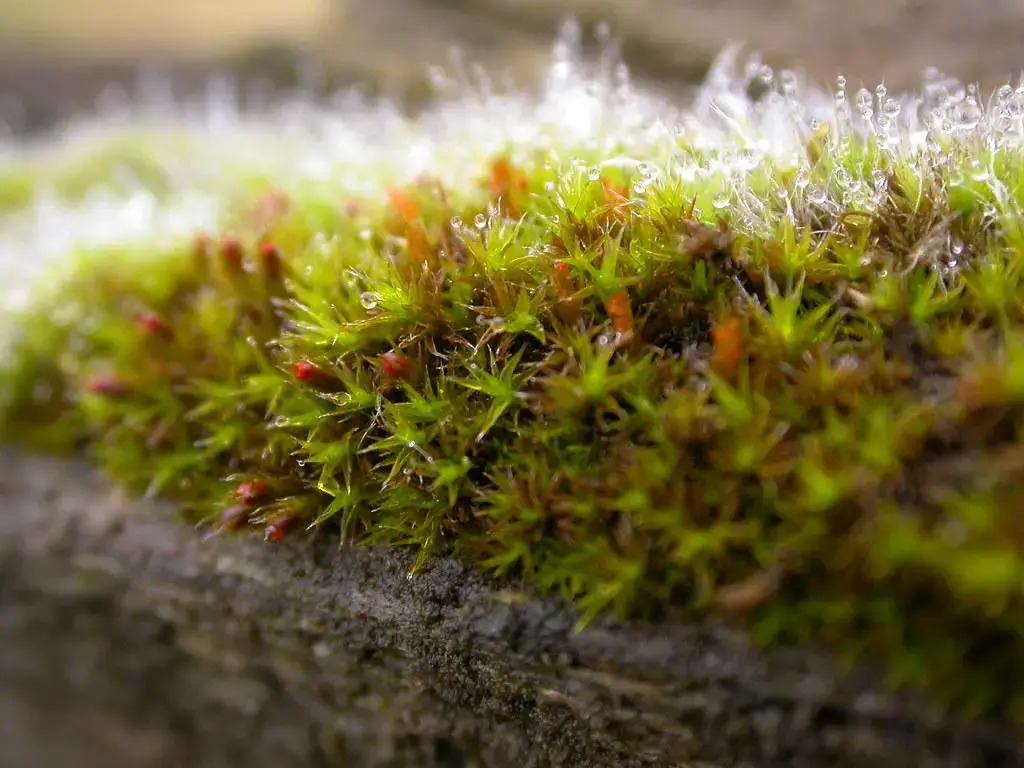 25512103617_f615c89357_b.jpg from: https://www.flickr.com/photos/23980231@N07/25512103617/ |
| Order | Grimmiales |
| Family | Grimmiaceae |
| Genus | Schistidium |
| Species | crassipilum |
| Growth Form | Acrocarpous, cushion-like tufts or mats |
| Leaf Shape | Lanceolate to ovate-lanceolate |
| Leaf Margin | Often recurved |
| Leaf Cells | Thick-walled |
| Costa | Extending beyond leaf apex, forming a hair point |
| Habitat | Exposed rock surfaces, cliffs, tree bark, soil |
| Distribution | Europe, Asia, North America, parts of South America |
| Adaptations | Poikilohydry (desiccation tolerance) |
Conclusion
The

schistidium-crassipilum-globuli.jpg from: https://www.remedia.at/shop/schistidium-crassipilum/a9136221
Schistidium crassipilum H.H.Blom moss, a member of the Grimmiaceae family, is a true testament to the resilience and adaptability of bryophytes. Despite its unassuming appearance, this moss plays a vital role in various ecosystems, acting as a pioneer species, contributing to soil formation, and providing microhabitats for countless organisms. Its ability to withstand extreme desiccation and thrive in harsh environments is nothing short of remarkable, making it a fascinating subject of study for bryologists and naturalists alike.

52103636009_995c6609e5_b.jpg from: https://www.flickr.com/photos/131528844@N08/52103636009
As we continue to explore and appreciate the intricate web of life on our planet, let us ponder this thought-provoking question: What other hidden wonders and invaluable lessons can we learn from the seemingly insignificant yet extraordinary world of mosses?